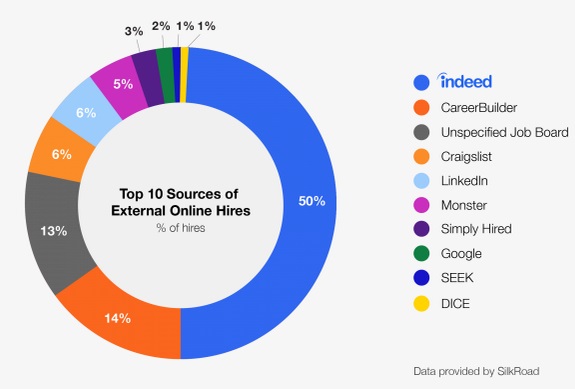Today on T3 I take a bit of a departure away from my normal talent acquisition technology offerings and review a new product from NuCompass called, CoPilot. CoPilot is a new, affordable cloud-based solution for managing relocations. It’s a comprehensive platform that empowers employees to manage their move and access our vetted partners online, while giving you full visibility and budget control.
Being a person has gone through three corporate professional moves, I can tell you it can be a major stress and pain in the butt! Relocation is also a pain for TA pros who end up, usually in most organizations, doing most of the heavy lifting when it comes to relocating new employees as well. This is why CoPilot intrigued me so much.
When I relocated I used one of those traditional relocating companies. I had a ‘relocation’ agent I had to work with at a third party company, and having this middle person was more of a hassle than a help. I constantly wished I could just get online and set this stuff up on my own and not have to deal with the middle person all the time. In today’s world, I think more people, especially younger employees, think I like I do. Let me do it myself!
5 Things I really like about CoPilot:
1. The obvious one! Employees get the flexibility to manage their own move, under parameters you set, in a really easy to use dashboard that lays out everything for them, with links to vendors that are pre-negotiated and they select who they want. Don’t underestimate the power of the freedom of choice as a benefit in relocation!
2. Full estimation tool built in to the software to give you and the hiring manager an estimated cost of relocation, before you even make an offer. Full electronic signature and all forms are auto-generated. Makes starting a completing the paperwork process for relo a breeze!
3. Online expense reimbursement that let’s employees take pictures of receipts and upload them for reimbursement. Plus, the HR team has full access to all the reporting in real time through the dashboard.
4. Dashboard allows HR pros to manage exceptions completely online, and you can choose what employees see and don’t see. You can also give the flexibility to allow employees to move dollars around to other benefits of the relocation they want to use more than others. Again, giving each employee the feeling this plan was designed specifically for them and their move.
5. Live online chat function for quick answers to questions. Face it, people don’t want to pick up the phone and make live calls anymore! But, CoPilot let’s them do that as well, if needed.
CoPilot was one of the cooler things I’ve seen the very uncool relocation space in a long time. The other great benefit is the cost! The system costs like $250 per move! No matter how many people you are moving, so it makes it a great option for SMB HR shops that don’t make many moves, but still want a very professional well designed relocation plan. Also, great for organizations that need to make a ton of mid-range moves and don’t want the full expense of a traditional professional relocation company.
If you do any amounts of relocation, CoPilot is definitely worth a demo!
T3 – Talent Tech Tuesday – is a weekly series here at The Project to educate and inform everyone who stops by on a daily/weekly basis on some great recruiting and sourcing technologies that are on the market. None of the companies who I highlight are paying me for this promotion. There are so many really cool things going on in the space and I wanted to educate myself and share what I find. If you want to be on T3 – send me a note.


